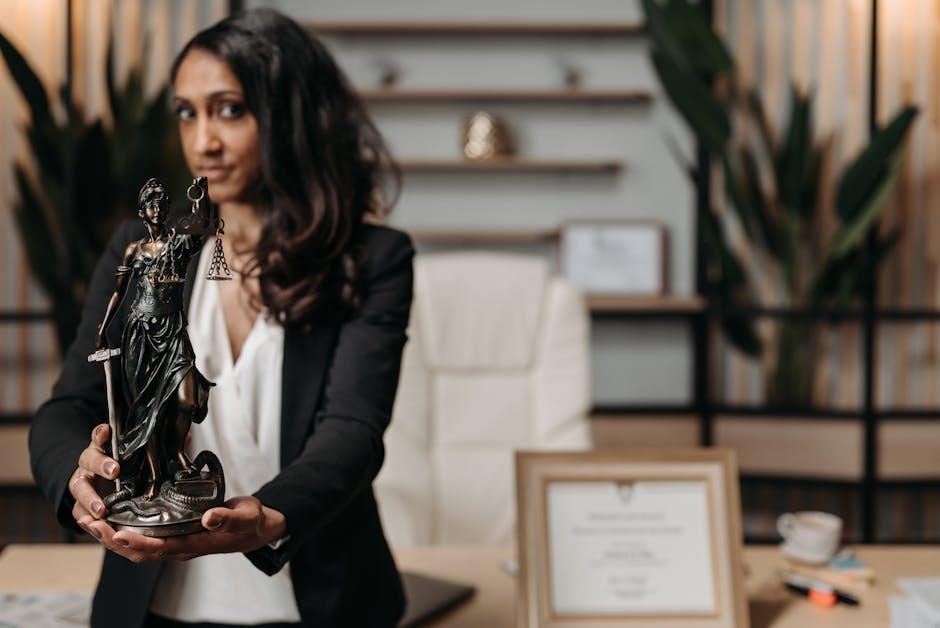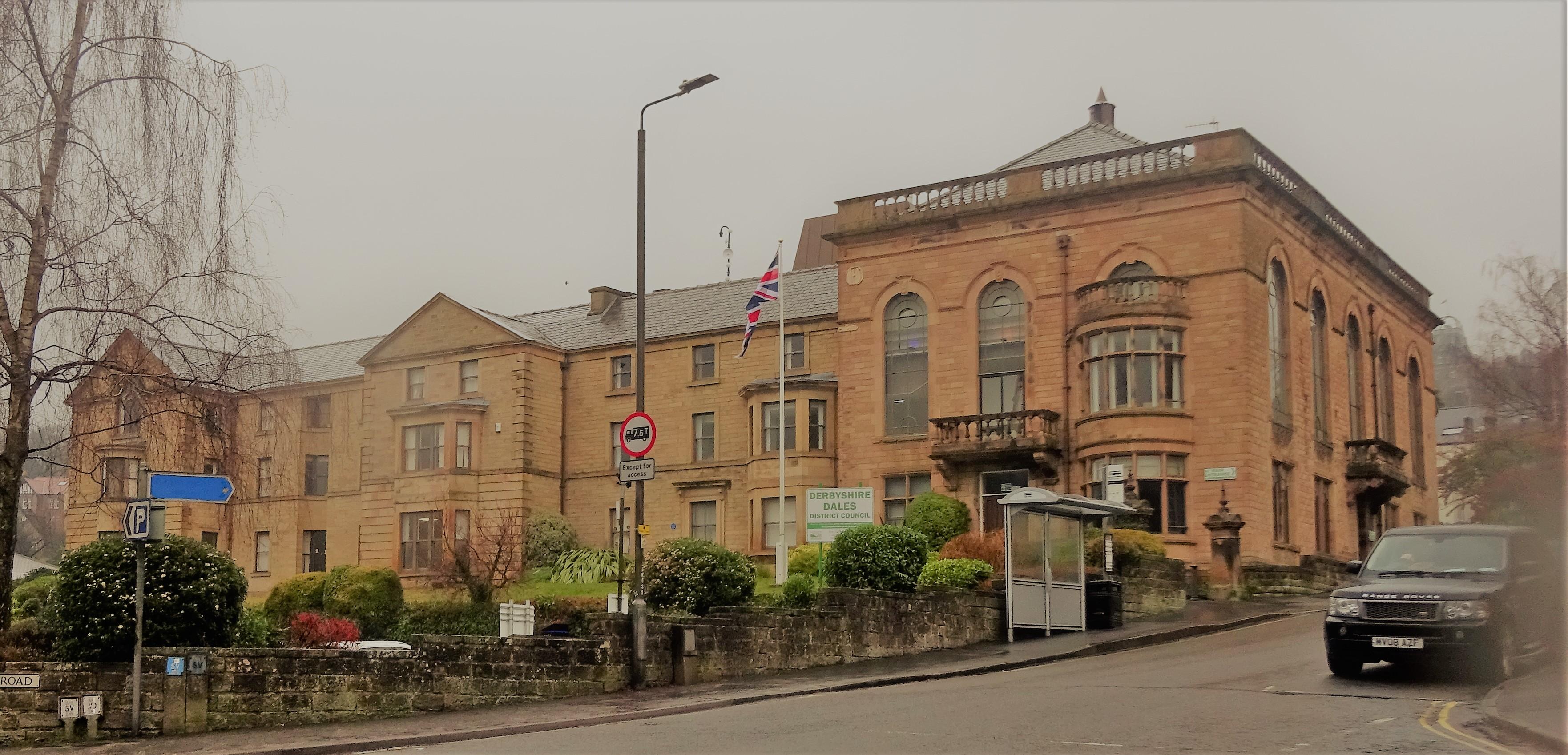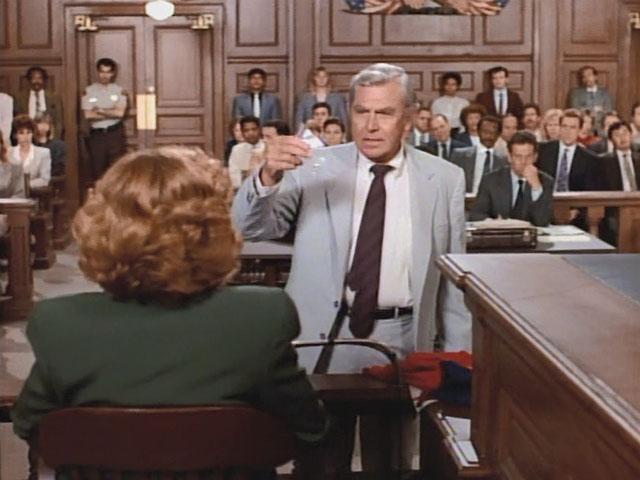In the world of television, where imagination often takes the driver’s seat, few shows have managed to blend drama with a touch of reality as seamlessly as “Matlock.” This beloved series, which graced our screens with its southern charm and gripping legal battles, has long been celebrated for its compelling storytelling and charismatic lead. But behind the courtroom drama that kept audiences on the edge of their seats lies a fascinating layer of authenticity that deserves its own spotlight: the meticulous craftsmanship of “Matlock’s” courtroom sets. These sets, though often overlooked, were more than mere backdrops; they were carefully constructed arenas where justice was served and stories unfolded. Join us as we pull back the curtain and explore the realism woven into the very fabric of “Matlock’s” courtroom sets, revealing the artistry and attention to detail that brought the legal world to life on screen.
Crafting Authenticity Exploring the Design Philosophy Behind Matlocks Courtroom Sets
In the world of television, few shows have captured the essence of courtroom drama quite like “Matlock.” The meticulous attention to detail in its courtroom sets played a pivotal role in immersing viewers into the legal battles that unfolded. The design philosophy behind these sets was rooted in authenticity, aiming to create an environment that was both believable and engaging.
- Historical Accuracy: Designers drew inspiration from real-life courtrooms, incorporating elements like oak wood paneling and vintage leather chairs to evoke a sense of gravitas and tradition.
- Functional Design: Every element was carefully considered, from the placement of the judge’s bench to the layout of the jury box, ensuring that the set was not only visually appealing but also functional for actors and crew.
- Attention to Detail: Small touches, such as authentic legal books and period-appropriate props, were used to enhance the realism, allowing viewers to feel as though they were part of the proceedings.
By prioritizing these elements, the creators of “Matlock” were able to craft a courtroom environment that resonated with audiences, making the drama more impactful and the storytelling more compelling. This dedication to realism is a testament to the show’s enduring legacy in the realm of legal dramas.

From Script to Set How Real-Life Legal Experts Shaped Matlocks Courtroom
In crafting the courtroom scenes for “Matlock,” the producers didn’t just rely on imagination and dramatic flair; they turned to the wisdom of seasoned legal professionals. These experts were instrumental in ensuring that every gavel strike and objection felt authentic. Their contributions helped transform the script into a believable courtroom drama that resonated with both legal aficionados and casual viewers alike.
To achieve this level of realism, the production team consulted with real-life attorneys and judges who shared their insights on courtroom procedures and etiquette. This collaboration was crucial in shaping scenes that were not only compelling but also true to life. Here are some of the key areas where their expertise made a difference:
- Legal Jargon: Ensuring that the dialogue was peppered with accurate legal terminology, avoiding the common pitfalls of oversimplification or exaggeration.
- Authentic Set Design: From the layout of the courtroom to the placement of the jury box, every detail was scrutinized to mirror real courtrooms.
- Character Mannerisms: Coaching actors on the subtle nuances of body language and speech that are typical of legal professionals.
By integrating the expertise of those who have spent countless hours in actual courtrooms, “Matlock” was able to present a legal drama that was both engaging and credible. This commitment to authenticity not only enriched the storytelling but also honored the legal profession by portraying it with the respect and accuracy it deserves.

Attention to Detail Unveiling the Subtle Elements That Enhance Realism
When viewers tune into “Matlock,” they are often captivated by the intricate details that bring the courtroom scenes to life. These sets are a masterclass in realism, with every element carefully chosen to create an authentic atmosphere. From the worn leather chairs that suggest years of use, to the subtle wood grain patterns on the judge’s bench, each detail contributes to the believability of the setting.
- Authentic Props: The props used in the courtroom scenes are not just random selections. Each gavel, legal pad, and stack of case files is chosen to reflect the time period and legal environment accurately.
- Lighting and Shadows: The lighting design is meticulously planned to mimic the natural light found in a real courtroom, with shadows cast in just the right places to add depth and drama.
- Costume Coordination: Even the costumes of the extras, such as the jury and court staff, are selected to complement the set design, enhancing the overall realism of the scene.
These subtle elements, often overlooked by the casual viewer, are what make “Matlock” a standout in its genre. They are a testament to the dedication of the production team in crafting a world that feels both familiar and compelling. It’s this attention to detail that allows audiences to immerse themselves fully in the drama unfolding before them.

Bringing Fiction to Life Recommendations for Creating Convincing Courtroom Environments
When it comes to crafting a courtroom environment that feels authentic and immersive, attention to detail is paramount. One of the most iconic examples of this is the set design of the beloved TV series “Matlock.” Here are some recommendations for achieving a similar level of realism in your fictional courtroom settings:
- Research Real Courtrooms: Begin by studying actual courtrooms to understand their layout, decor, and atmosphere. Notice the placement of the judge’s bench, witness stand, and jury box. Consider the materials used, such as wood paneling and leather chairs, which add a touch of authenticity.
- Focus on Sound Design: The acoustics of a courtroom can significantly impact the ambiance. Incorporate sounds like the shuffle of papers, the echo of footsteps, and the soft murmur of spectators. These subtle audio elements can make your audience feel as though they’re sitting in the gallery themselves.
- Pay Attention to Lighting: Lighting plays a crucial role in setting the mood. Use natural lighting to highlight the drama of the proceedings, casting shadows that emphasize the gravity of the situation. Alternatively, consider how dim lighting might reflect the somber tone of a pivotal scene.
By integrating these elements into your set design, you can create a courtroom environment that not only looks realistic but also feels alive, engaging your audience in the drama unfolding before them.


